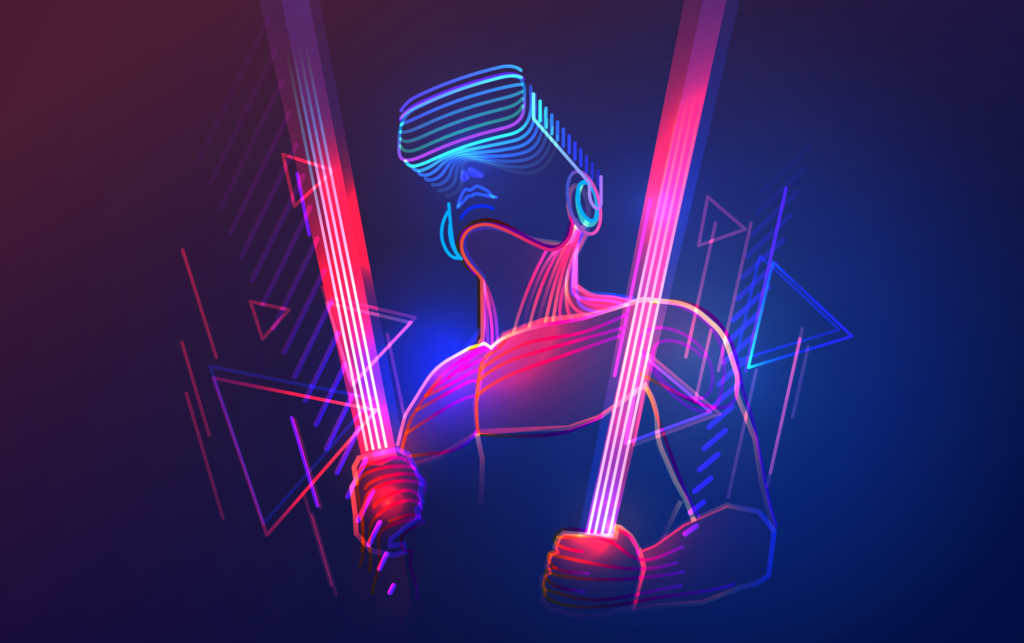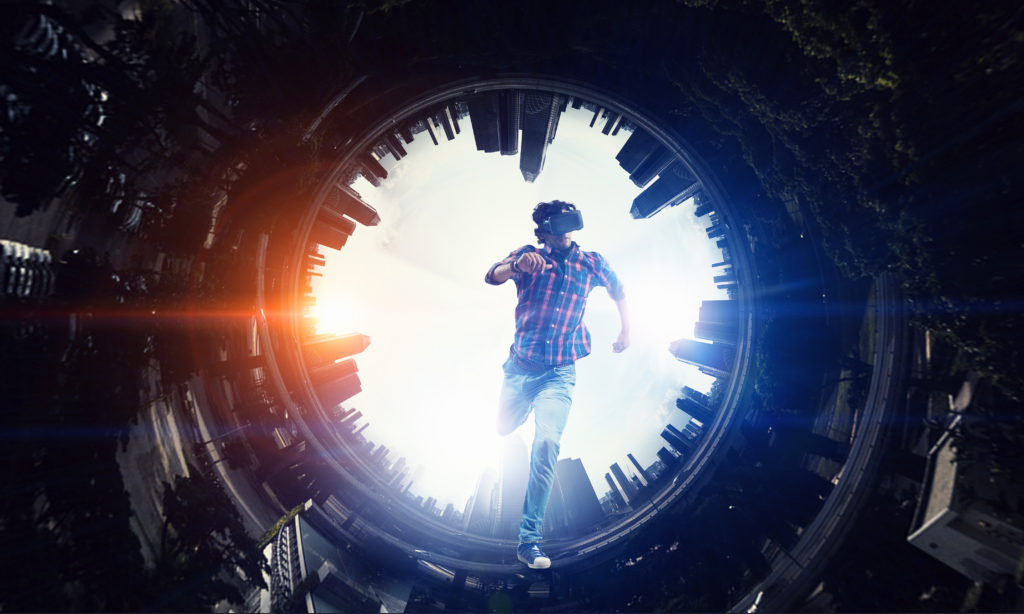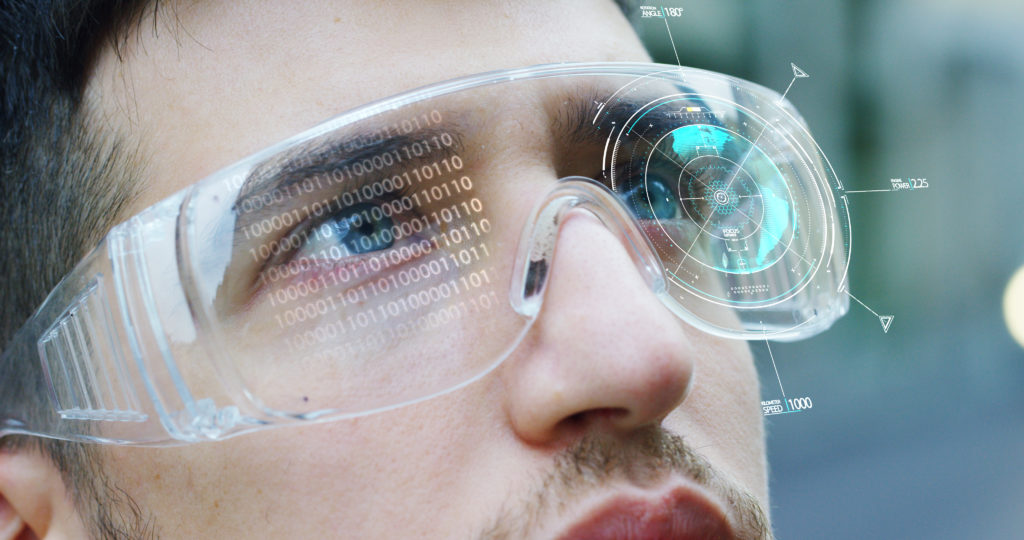
With the resurgence of the VR headsets like the Oculus Rift, Oculus Gear, the Vive, and the PlayStation VR a lot of people often find themselves using the terms VR and AR interchangeably. Although this is no cardinal sin as the technologies for both do overlap at some points, there are still quite a few differences between Virtual Reality and Augmented Reality.
Let’s explore them one at a time.
Virtual Reality

Virtual Reality or VR Technology takes over one’s vision and gives them the feeling of being transported to a different world. The Oculus Rift, for example, has sculpted suction rubber that sticks to the user’s face so as to completely block out anything that they could see from the outside world when they have the headset on. It’s almost as if one becomes blindfolded. The headset projects a 360-degree view of the virtual space making the user feel completely immersed within this imaginary world built to scale. VR devices replace your environment for a virtually created one and let you be an active part of it instead of simply being a bystander.
Most VR sets are not wireless and are therefore tethered to another device that restricts the user’s range of motion but if they are to follow the very simple guidelines as instructed when setting up the devices, the user experience has no reason to be anything short of seamless.
Augmented Reality

When it comes to AR or Augmented Reality, the main idea is to add to the real world instead of replacing it with a virtual one. Augmented Reality is designed to allow the user a completely free and open range of motion while viewing the images being projected. In this way, it can be understood to be more of practical usage than gaming/entertainment purposes. AR devices such as the HoloLens let the user move around freely while viewing their apps and 3D embellished features around them through the smart glasses.
While this may seem like the better alternative to VR as it allows a free range of motion and is meant ot enhance the real world, it actually has a few very significant drawbacks. Augmented Reality can only be used when connected to a smartphone or tablet. Another drawback is that the projection cannot be done in a 360 sphere and is restricted to a specific placement although headsets like the HoloLens may allow the user to set up various windows to appear like a multi-monitor set up.
Mixed Reality

Microsofts Mixed Reality technology aims to be the middle ground between AR and VR by allowing the user to interact with the real world while also being able to interact with their virtual environment simultaneously.
Mixed Reality is sometimes referred to as hybrid reality as they create a space for the users to be able to interact with two forms of reality at once and thus use the benefits of both interchangeably. Mixed Reality also irons out issues like the restricted range of motion that VR has. While it projects virtual elements before the user, it also maps their real-world surroundings so as to iron out issues such as. simply tripping over the wires attached to the headset and PC.
Mixed Reality opens up many avenues in the fields of Education and Communication by allowing easier collaboration and more immersive experience for all users involved. Especially in a post-COVID world where we have collectively learned the importance of optimising virtual/digital communication.
Looking to read up on more interesting topics from what’s happening in autos to what’s the latest in mobile and electronics! For more information visit OLX to find a wide range of products and services and choose the one that best suits your preferences and budget. With thousands of ads posted daily, OLX is the smarter choice.
Leave a Reply